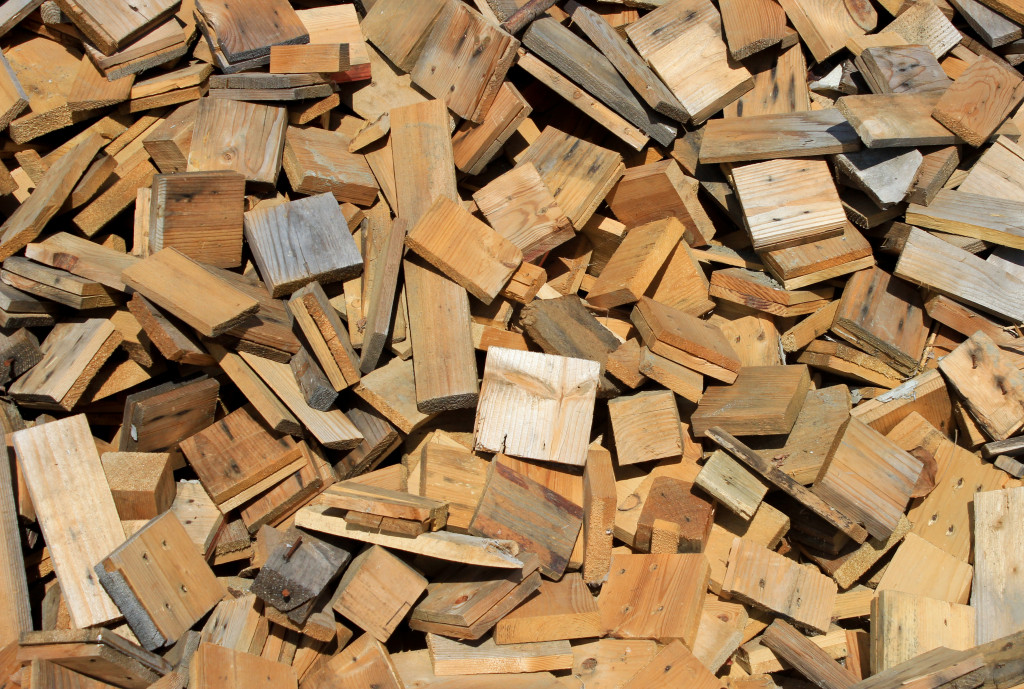Wood is a gorgeous material for many reasons. Its utility and scope of use are a given, but it’s aesthetically pleasing as well. The sought-out charm of the grain pattern is a classic yet high-demand aesthetic in a home. Wooden features are one of the factors that help sell a house.
Many homeowners continuously try to improve their homes not only to increase their value but also to maximize comfort. One home project that does both is building a deck in the backyard. This helps create more living space and makes enjoying the outdoors much more comfortable. The deck, specifically the wood boards, will be exposed to extreme weather changes, direct sunlight, dirt, and more. Therefore, it’s crucial to choose quality materials for this project. What’s needed are deck boards that are weather-resistant, long-lasting, and beautiful. Some wood species are more resilient than others, so it’d be good to know which ones are worth the cost.
Hardwood vs. Softwood
Being able to differentiate hardwood and softwood helps you choose the right wood for decking. As the names suggest, most might think hardwood is harder than softwood. Hardwood comes from deciduous trees, meaning they come from trees that lose their leaves during cold weather. Meanwhile, softwood comes from evergreen trees. How is this relevant to choosing wood as a material? Evergreens are more likely less dense compared to deciduous trees. This makes them easier to chop. Meanwhile, most types of hardwood are denser, making them stronger than softwood.
Types of Wood
As for the type of wood, there is a variety to choose from. Here are some wood species that would look great and last the longest for your deck.
Ipé
Ipé (pronounced as ee-pay) is hardwood from Brazilian rainforests known for its density that it’s sometimes compared to steel. Ipé is so heavy that it sinks in the water! It’s three times harder than cedar. Additionally, it’s bug, fire, rot, and scratch-resistant. Although this prestigious wood is on the pricey side, Ipé can last for more than 25 years outdoors, making it a viable material for decking.
Western Red Cedar
This brown wood with a tinge of red is twice more stable than other softwood species. Its use ranges from outdoor furniture to sailboats. It’s resistant to weather conditions, temperature, rot, and insects. Cedar is low-maintenance and doesn’t need to be stained. But it turns gray as it ages, which can be a deal-breaker or a plus depending on the homeowner. Cedar is hygroscopic in nature, meaning it absorbs and releases moisture to its atmosphere in order to maintain stability. This wood can last up to 15 to 25 years or more outdoors.
Redwood
Native to Washington, Oregon, and California, redwood is known for its natural defense to shrinking, warping, and checking. Its ability to fight off fungi and pests is because of a chemical known as tannin. This chemical is also present in other wood species and is often extracted to tan leather and used as a remedy for burns. The reddish color of redwood is attributed to its high percentage of tannin. Like Ipé wood, redwood is on the pricey side, but its perks in form and function make it so. Taking a few precautions, such as applying a sealant, can make redwood material last for a lifetime or more.

Pressure-treated Wood
This is a popular material for homeowners because it’s budget-friendly. Pressure-treated wood, often pine, goes through a chemical treatment to make it resilient to outdoor conditions. Other than its affordable price, many homeowners prefer it because it’s been treated to withstand fungus, insects, and decay. Because of this, pressure-treated wood is more durable than other natural wood. It is also resistant to dents and scratches compared to natural wood. However, pressure-treated wood is vulnerable to checking and warping, thus needing routine maintenance for its longevity.
Choose Only FSC-Certified Wood
The Forest Stewardship Council or FSC is responsible for setting standards for wood, ensuring that it’d been harvested from forests that are managed sustainably, socially beneficial, environmentally aware, and economically sound.
If a product is labeled as “FSC Certified,” such as a milk carton, book, or piece of furniture, it signifies that the wood used in the product and the manufacturer satisfied the Forest Stewardship Council’s guidelines.
Coat Them With Sealant Anyway
Despite their natural abilities to repel bugs and prevent rot, a coat or two of sealant won’t hurt. A light seal coat for extra protection from the sun and moisture will supplement their strength and increase their lifespan. Be sure to choose a sealant that best fits the nature and needs of the wood of your choice.
With the informative step-by-step guides and durable building materials available on the market today, installing a deck has never been easier. You can even turn your deck into an entertainment space by adding a portable bar or grill. Once you finish your deck project, you can have a whole new kind of outdoor experience that you can share with family and friends.

